Performing Arts
Melissa Hayden
Melissa Hayden showed unparalleled versatility and range in her ballet dancing during a successful career that spanned decades. Dancing in both the American Ballet Theater and New York City Ballet, Hayden thrilled her audiences with consistently excellent performances in a career that spanned four decades.
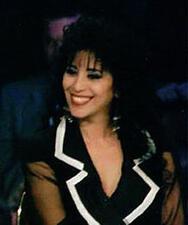
Ofra Haza
Born in Tel Aviv, Ofra Haza was an international singing sensation who performed across Europe, America, and Israel. Known for combining traditional Yemenite music with electronic pop sounds, Haza performed in the film Shlagger and in 1983 she placed second in the Eurovision competition. In 1998 Haza collaborated with many world-renowned artists and performed Naomi Shemer’s “Jerusalem of Gold” at the official ceremony marking Israel’s fiftieth anniversary.
Edith Head
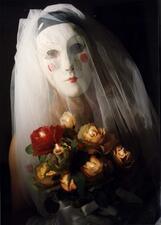
Hebrew Drama: Representation of Women
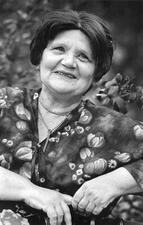
Hebrew Song, 1880-2020
Hebrew song as a whole, including songs of Erez Israel and the State of Israel, is a unique socio-cultural phenomenon that has developed over time. The dawning of Hebrew song can be traced to the period between 1880 and 1903, and it has grown to reflect the diverse aspects of Israeli society since then. The contribution of women to Hebrew songs, in general, has risen steadily over the years.

Hebrew Theater: Yishuv to the Present
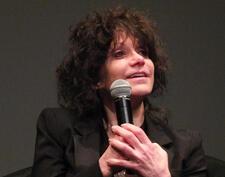
Amy Heckerling

Theresa Helburn
Called the “'Top Man' on Broadway” by the New York Woman, Theresa Helburn created a venue for great American playwrights as director of the Theatre Guild and played a key role in the history of the modern American musical. While she wrote plays of her own throughout the 1920s, Helburn is most remembered for the many ways she furthered the talents of others.
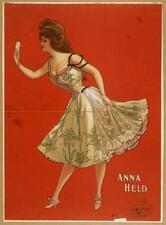
Anna Held
Anna Held was a performer with a flamboyant reputation for bathing in milk and champagne. As an actor in numerous farces, comedies, and musical comedies, she led a life of showmanship that prevents bibliographical certainty. Held was best known for her relationship with Florenz Ziegfeld, and some credit her with helping him create his famous Follies.
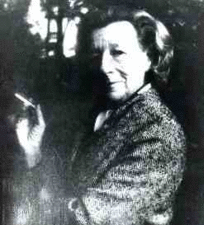
Lillian Hellman
Controversial both during and after her life, Lillian Hellman was one of the leading women of letters of mid-century America and a pioneer woman playwright. Hellman displayed courage not only in writing powerful plays like The Children’s Hour but also in her public refusal to name colleagues to the House Un-American Activities Committee.
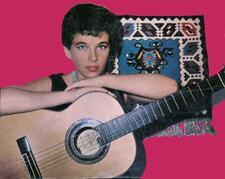
Nechama Hendel
Nechama Hendel is considered one of the foremost singers Israel has ever produced, known for her performances of Jewish folk music, her adaptations of well-known Israeli songs, and her album dedicated entirely to lyrics by the national poet Hayyim Nahman Bialik set to folk tunes and composed melodies. Hendel had an international following and toured the world performing, but she consistently returned to live in Israel and was devoted to Jewish music.

Ofira Henig
Sylvia Herscher
Sylvia Herscher’s career in the theater encompassed several occupations and spanned decades. Beginning in the 1950s, she served as general manager, producer, publisher, agent, and board member, as well as friend and guide to countless writers and composers finding their way into the business. In 2000, the American Theatre Wing presented her with its Special Tony Honor for Excellence in the Theatre.
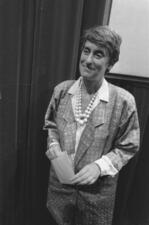
Judith Herzberg
Judith Herzberg is a Dutch Jewish poet, essayist, screenwriter, and professor who has been hailed as one of the greatest living Dutch poets for her ability to imbue everyday objects with unexpected meaning. Making her debut as a poet in the early sixties, Herzberg has written poems, essays, plays, film scripts, and television dramas, with many translations and adaptations to her name.
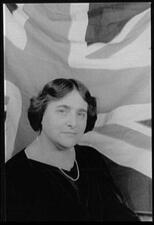
Dame Myra Hess
One of Great Britain’s most famous classical pianists, Dame Myra Hess had the idea of setting up lunchtime concerts at London’s National Gallery during the Second World War. The success of those concerts made Hess an international star, and the honor of Dame of the British Empire was conferred upon her in 1941.
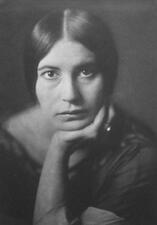
Nini Hess
In the years between 1914 and 1933, numerous significant personalities in art, culture, politics, society and sport met in the photographic portraiture studio of Nini and Carry Hess. With their technical and aesthetic brilliance, the sisters were among the leading photographers in Germany of the time.
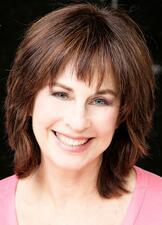
Nurit Hirsch
Nurit Hirsch is one of the most prolific and varied writers of contemporary Israeli songs. Hirsch was the first Israeli composer to participate in the Eurovision Song Contest, winning fourth place in 1973. She composed the music for fourteen films, wrote numerous children’s songs, and won third place at the first festival of Hassidic music. Today Hirsch's repertoire contains around 1,600 songs.
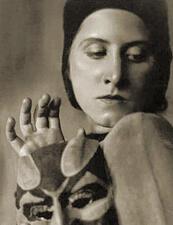
Hilde Holger
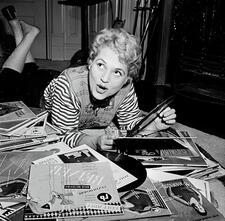
Judy Holliday
A brilliant actress and comedian, Judy Holliday won an Academy Award for her performance as the not-so-dumb blonde in Born Yesterday and performed thousands of times on Broadway. Holliday epitomized the duality of her American-Jewish heritage, as she was a successful performer who was investigated for subversive activities in the McCarthy Era due to antisemitic suspicions.
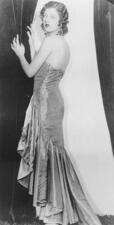
Libby Holman
Singer and actress Libby Holman was known as much for her scandalous personal life and revolutionary activism as for her lush voice. She grew famous performing in Broadway shows and revues throughout the 1920s. Holman was openly bisexual and was accused of murdering her husband, Zachary Smith Reynolds, in 1932. She was actively involved in protesting racial segregation.
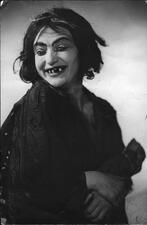
Rokhl Holzer
Rokhl Holzer earned a reputation as an actress with a talent for transforming herself to suit any role, but her most remarkable transformation may have been her shift from Poland to Australia’s Yiddish theater in the 1930s. Holzer, a riveting recital artiste and unforgettable star of the Yiddish stage, mesmerized global audiences and was also an adored director of the Yiddish theater.
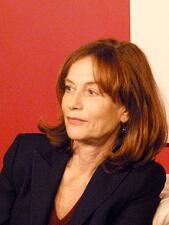
Isabelle Huppert
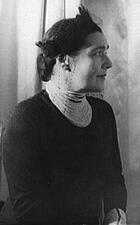
Fannie Hurst
Fannie Hurst was among the most popular and sought-after writers of the post-World War I era. In her heyday, Hurst commanded huge sums from the motion picture magnates who acquired the rights to her works, 29 of which have been made into movies. Back Street (1932, 1941, 1961), Imitation of Life (1934, 1959), and Humoresque (1920, 1946) are the best known.
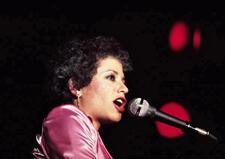
Janis Ian
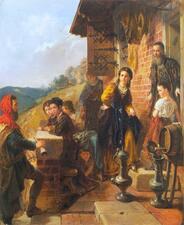
Images of Jewish Women in Medieval European Literature
Medieval European representations of Jewish women by Christian authors reveal anxieties about Jews and their imagined intentions. Some of these writings portray young Jewish women as easily seduced by Christian men and Christian teachings; others depict a beautiful but malevolent Jewish woman who leads a Christian boy to his ritual death. Another motif, supposed sexual liaisons between a ruler and a Jewish woman, expresses Christian perceptions of Jewish threats to the Christian state.


